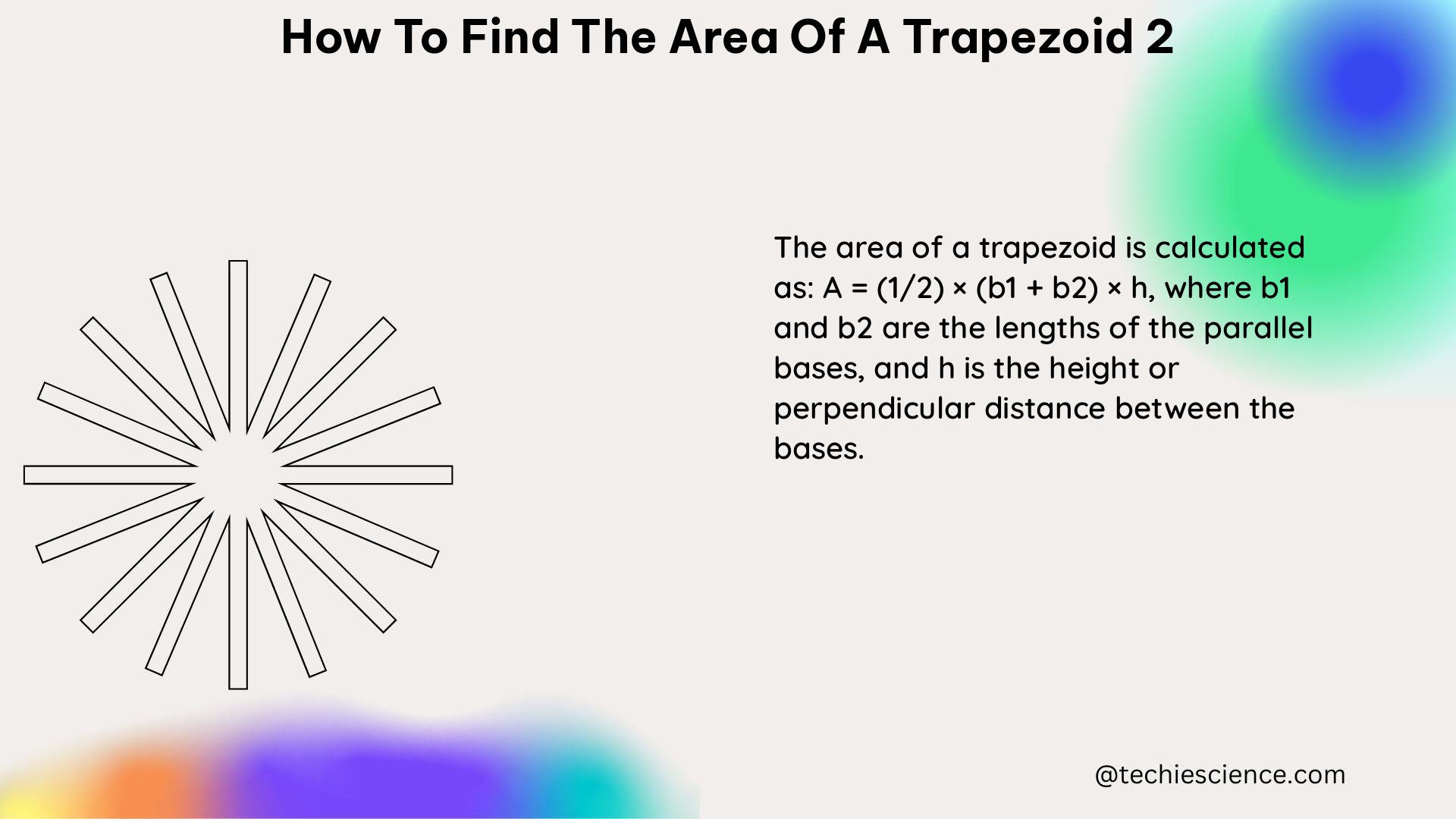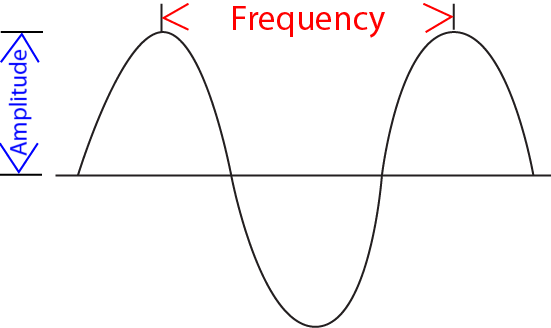Calculating the molar mass from molarity is an essential concept in chemistry. Molarity measures the concentration of a solution, while molar mass determines the mass of a given substance. By understanding how to find molar mass from molarity, you can determine the mass of a substance in a solution and perform various calculations in chemistry. In this blog post, we will explore step-by-step guides and examples to help you master this important concept.
How to Calculate Molar Mass from Molarity


A. Step-by-step Guide to Calculate Molar Mass from Molarity
To calculate the molar mass from molarity, follow these steps:
-
Identify the solute: Determine the substance whose molar mass you want to calculate.
-
Determine the molarity: Molarity is defined as the number of moles of solute per liter of solution. It is represented by the formula:
Molarity (M) = Moles of Solute / Volume of Solution (in liters)
- Rearrange the formula: Rearrange the formula to solve for moles of solute:
Moles of Solute = Molarity (M) * Volume of Solution (in liters)
- Calculate the molar mass: The molar mass is calculated by dividing the mass of the solute by the moles of solute:
Molar Mass = Mass of Solute / Moles of Solute
B. Worked-out Example: Calculating Molar Mass from Molarity
Let’s consider an example to understand how to calculate the molar mass from molarity:
Suppose you have a solution with a molarity of 0.5 M and a volume of 1 liter. You want to find the molar mass of the solute.
– First, use the formula Moles of Solute = Molarity * Volume of Solution to calculate the moles of solute:
Moles of Solute = 0.5 M * 1 L = 0.5 moles
– Next, divide the mass of the solute by the moles of solute to find the molar mass. Let’s say the mass of the solute is 50 grams:
Molar Mass = 50 g / 0.5 moles = 100 g/mol
Therefore, the molar mass of the solute in the given solution is 100 grams per mole.
How to Find Molar Mass Given Molarity and Volume

A. Steps to Find Molar Mass Given Molarity and Volume
To find the molar mass given molarity and volume, follow these steps:
-
Determine the molarity and volume: Identify the given molarity and volume values in the problem.
-
Use the formula: Use the formula Moles of Solute = Molarity * Volume of Solution to calculate the moles of solute.
-
Determine the mass: Measure the mass of the solute in grams.
-
Calculate the molar mass: Divide the mass of the solute by the moles of solute to find the molar mass.
B. Worked-out Example: Finding Molar Mass Given Molarity and Volume
Let’s work through an example to understand how to find the molar mass given molarity and volume:
Suppose you have a solution with a molarity of 0.1 M and a volume of 500 milliliters. You want to find the molar mass of the solute.
– First, convert the volume from milliliters to liters:
Volume of Solution = 500 mL * (1 L / 1000 mL) = 0.5 L
– Use the formula Moles of Solute = Molarity * Volume of Solution to calculate the moles of solute:
Moles of Solute = 0.1 M * 0.5 L = 0.05 moles
– Next, measure the mass of the solute. Let’s assume it is 10 grams.
– Calculate the molar mass by dividing the mass of the solute by the moles of solute:
Molar Mass = 10 g / 0.05 moles = 200 g/mol
Therefore, the molar mass of the solute in the given solution is 200 grams per mole.
How to Determine Molar Mass from Moles and Grams

A. Steps to Determine Molar Mass from Moles and Grams
To determine the molar mass from moles and grams, follow these steps:
-
Identify the number of moles: Determine the number of moles of the substance.
-
Determine the mass: Measure the mass of the substance in grams.
-
Calculate the molar mass: Divide the mass of the substance by the number of moles.
B. Worked-out Example: Determining Molar Mass from Moles and Grams
Let’s go through an example to understand how to determine the molar mass from moles and grams:
Suppose you have 2 moles of a substance and its mass is 40 grams. You want to find the molar mass of the substance.
– Identify the number of moles: The number of moles is given as 2 moles.
– Determine the mass: The mass of the substance is measured as 40 grams.
– Calculate the molar mass by dividing the mass by the number of moles:
Molar Mass = 40 g / 2 moles = 20 g/mol
Therefore, the molar mass of the substance is 20 grams per mole.
How to Find Molar Mass without Moles
A. Steps to Find Molar Mass without Moles
To find the molar mass without moles, follow these steps:
-
Determine the mass: Measure the mass of the substance in grams.
-
Identify the number of particles: Determine the number of particles, such as atoms or molecules, present in the substance.
-
Calculate the molar mass: Divide the mass of the substance by the number of particles.
B. Worked-out Example: Finding Molar Mass without Moles
Let’s work through an example to understand how to find the molar mass without moles:
Suppose you have 50 grams of a substance, and it contains 6.02 x 10^23 molecules. You want to find the molar mass of the substance.
– Determine the mass: The mass of the substance is given as 50 grams.
– Identify the number of particles: The substance contains 6.02 x 10^23 molecules.
– Calculate the molar mass by dividing the mass by the number of particles:
Molar Mass = 50 g / (6.02 x 10^23) molecules
Therefore, the molar mass of the substance can be found by dividing the mass by the number of particles.
How to Find Molarity from Molar Mass and Density
A. Steps to Find Molarity from Molar Mass and Density
To find the molarity from molar mass and density, follow these steps:
-
Determine the molar mass: Identify the molar mass of the solute.
-
Determine the density: Measure the density of the solution in grams per milliliter.
-
Calculate the molarity: Calculate the molarity using the formula:
Molarity (M) = Molar Mass / (Density * Volume of Solution)
B. Worked-out Example: Finding Molarity from Molar Mass and Density
Let’s go through an example to understand how to find the molarity from molar mass and density:
Suppose the molar mass of the solute is 30 g/mol, and the density of the solution is 1.5 g/mL. You want to find the molarity of the solution.
– Determine the molar mass: The molar mass of the solute is given as 30 g/mol.
– Determine the density: The density of the solution is given as 1.5 g/mL.
– Calculate the molarity using the formula:
Molarity = 30 g/mol / (1.5 g/mL * Volume of Solution)
Therefore, the molarity of the solution can be found by dividing the molar mass by the product of density and volume.
Also Read:
- How to find angular acceleration of a wheel
- How to find velocity with height
- How to find slope of position time graph
- How to find limiting reactant
- How to find acceleration with a constant velocity
- How to find magnitude of acceleration
- How to find angular acceleration from angular velocity
- How to find constant angular acceleration
- How to find average velocity on a acceleration time graph
- How to find velocity with acceleration and time


























